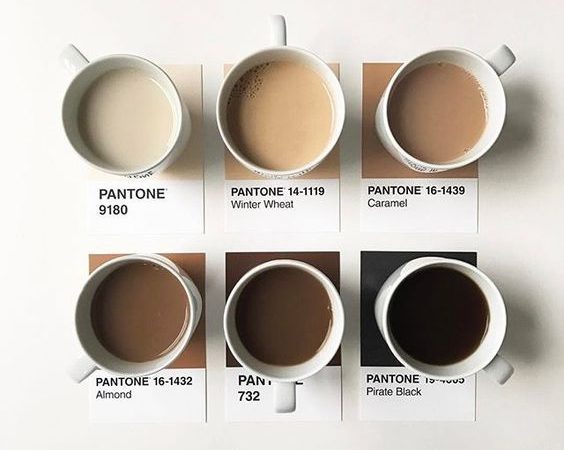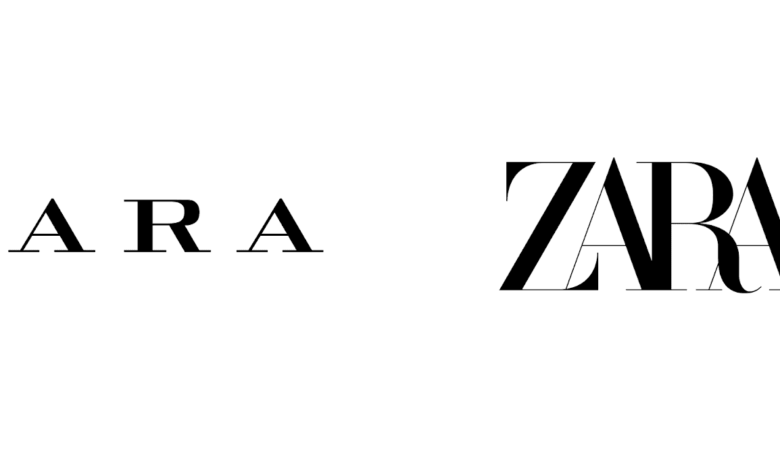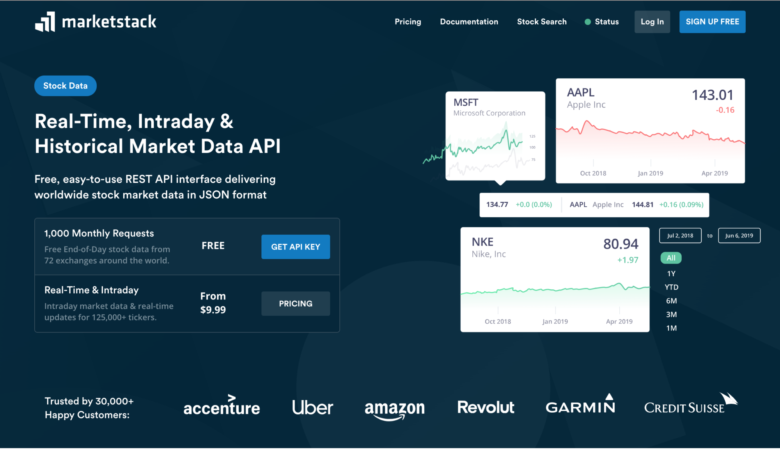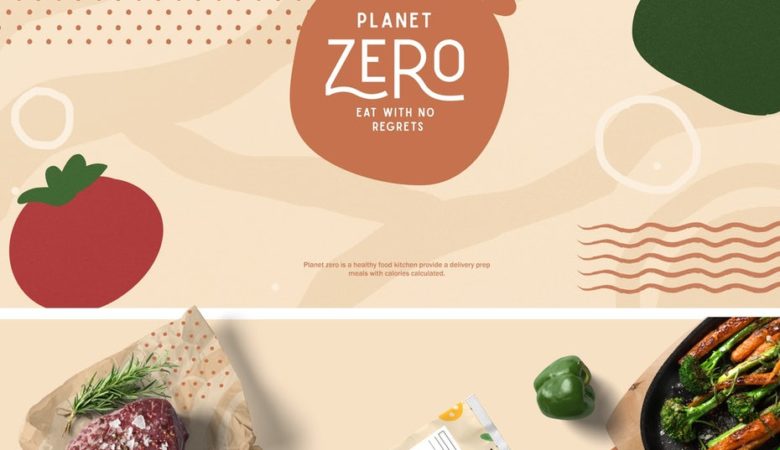In 2003, acclaimed filmmaker Lars Von Trier challenged his idol Jorgen Leth to recreate his 1967 masterpiece The Perfect Human. Not only was he to recreate one of his best films ever, but he was to do it five times, each time being limited with a new more challenging list of constraints than the time before. They documented this torturous challenge in a fantastic film entitled The Five Obstructions. In this film we see a man fighting with his surroundings, resources, and even his own creative limits to reach a goal through constraints that seem all but impossible to achieve. The result? Unbelievable resourcefulness and creativity – And six amazing films!
Now, just to get this out of the way, this post is NOT about how art has to be a struggle or torture or anything like that. All I’m saying is that it’s easy to look at the suffering part and ignore the amazing result. Constraints, restrictions, guidelines, whatever you call them – they tend to get a bad wrap; they’re always associated with negativity. It doesn’t have to be that way! There’s no rule stating that the process of applying constraints to achieve a higher quality of art has to be unpleasant. Constraints are, in my opinion, a secret weapon that we can use to give ourselves a little creative boost when we need to take things to the next level.
The Benefits of Constraints
Constraints offer up a lot of benefits. Most of you illustrators/designers are familiar with scenarios like this (especially as kids) – “Hey, you’re good at art! Draw me something!” Ok, what? “I don’t know…something awesome!” And at times, it doesn’t get much better in the professional world. Lets say the owner of a paper store comes to you and says, “I’d like you to help us rebrand and appeal to a younger audience” immediately followed by a blank look of expectancy. You’re thinking… geez, thanks for the direction…as you scramble to come up with something brilliant.
It’s easy in these moments to recognize the value of creative constraints. Boundaries help us decide how to start a design and determine where it’s appropriate to go from there. Adding constraints can narrow down a prompt and open your mind’s eye at the same time. For example a request can easily go from “appealing to a younger audience” and become “I want you to capture the attention of a younger audience passionate about do-it-yourself projects and who appreciate good design” simply by adding a few constraints; young, diy, and “good design”. Immediately, you have direction…or at least more than you did. Even though something like “good design” is about as relative as you can get, you can start to look at what’s popular on craft and diy blogs and get a sense for what that audience finds visually appealing, adding those sources to what’s already happening in your brain.
Constraints can also determine the style and technique we use. Every art form has it’s own set of rules that it follows, setting it apart from the rest. For instance, a sonnet consists of 14 lines written in iambic pentameter and must follow one of several standard rhyming schemes. These are the rules of the game when it comes to writing a sonnet. As a reader or critic you know a sonnet is good by how well it copes with these constraints. Whereas a writer will use the limitations of a sonnet to challenge themselves to greater poetic heights by channeling their inspiration into a difficult mold.
In design it can be a bit more difficult to practice this discipline since there are not a mere 3 rules to designing a website. However, we can grow and mature as artists and designers by systematically applying different sets of constraints on our own work, challenging ourselves to take our craft in new directions while providing instant direction to projects where there previously was little to none.
Try It!
Here are a list of some fun constraints you might want to try out. Keep in mind that on a client project you need to fit your added constraints inside the ones they’ve already given you. But if the problem is that you don’t have much direction to start with, then that shouldn’t be too difficult.
- Try using as few images as possible, create the client’s desired effect with color, layout, and text.
- Instead of starting with a grid in mind…try a diamond shape.
- Challenge yourself to use design elements that reference as many of your favorite designers as possible in one site.
- If you’re making an industry specific website, research that industry’s history and incorporate shapes, colors, or principles of that industry into your design.
ex: Your client is an architecture firm. Try incorporating elements in your design that are representative of their major works to date or of works that have paved the way for their particular “school” of architectural design in the past.
- Find and use fonts/typefaces you’ve never used before. Or, use only fonts/typefaces you create yourself.
- OR, you can even get meta on this shit and add a constraint that says you must have at least 20 constraints!
Remember, the goal here is to boost creativity resulting in a better final product. So don’t torture yourself. If it’s not working, try something else. This can be really fun if you build your constraints around things you find interesting or that challenge you. The whole point of this is to help, not to harm. This may not be for everyone. No matter what your opinion though, I’d love to hear your thoughts in the comments below 🙂






I never used this concept before to me it sounds like a “fun challenge”. I will try this soon and post the results somewhere.
I agree with the idea that constraints can create some really wonderful solutions. Every inspiring website conveys this in some way.
Very interesting take on creativity. I’m definitely tempted to try it on the next possible occasion.
I recently rediscovered this little secret to creativity. The restriction can be anything, actually. Whether it is time, space, or content. Thank you for further highlighting it for me, and giving me new ways to consider it!
Rita
Interesting ideea, I will try that. Thanks for the great article!
Creativity seems to come much more natural when you allow ideas to flow. Very brief article, but I love the points you bring up. Keep well on your journey for knowledge.
peace be with all
Boy, did I need to hear this today! Looking at constraints in a positive light is freeing and definitely releases thoughts when staring at a blank screen with a flashing cursor. If I could approach clothes shopping this way, I actually might like to shop! 🙂
well I found this blog to be quite helpful because I have been thinking about the same thing for a while now and the main problem with me since I started designing is that I never feel my work is complete and I kinda go on working on it, which is not good when you’re on a project timeline, therefore I have realized that constraints are very necessary ( at least for me ) and it helps you to figure out how far to go with your imagination and time.
So thank you for putting it out there in simple words. 🙂
I believe there are Constraints in all of our designs all the time even when the client don’t implide them, otherwise you might get lost in an infinite world of possibilities, that’s what design is about but in the end you have to deliver a product with specifics, but I like the idea to use Constraints to boost the creativity not as a barrier, great great article!
Good read. My theory is that humans need constraints to narrow the flood of all possibilities. Our brains just can’t handle that much information. Restrictions give us an challenge we can handle.
Nice article Nathan, well thought.
Thanks for sharing it.
Great article, this really spoke to me. It’s like when you’re on holiday and you think, I’ll explore the whole city! Well, doing it like that you will only see the most blatantly obvious places. If you go explore a street or district however, you see all these little charms you would otherwise have missed. Its the same principle you’ve described and it’s reassuring to hear others work in the same way as sometimes it can all get a little overwhelming! Thanks Nathan.